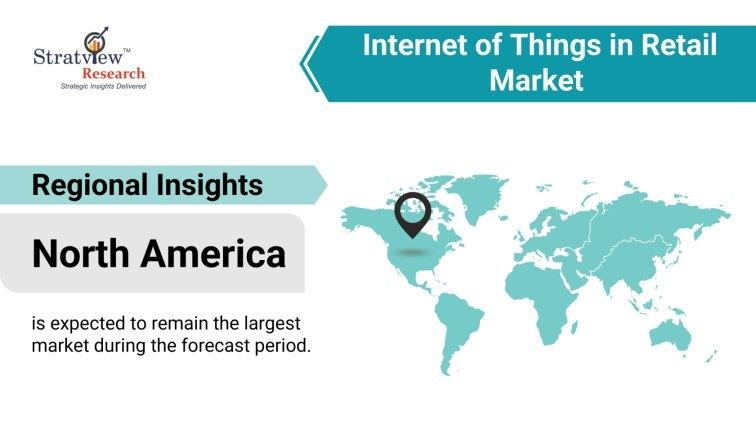"Customer-Centric Retail: Internet of Things in Retail Market Evolution"

The retail industry is undergoing a revolution, thanks to the disruptive power of the Internet of Things (IoT). In an era where technology is reshaping customer expectations, retailers are leveraging IoT solutions to enhance every aspect of the shopping experience.
1. Smart Inventory Management
Traditional inventory management systems are evolving into smart, IoT-driven solutions. RFID tags and sensors enable retailers to monitor their stock in real time. This ensures that products are consistently available on shelves, preventing stockouts and overstocking. Improved inventory management not only enhances customer satisfaction but also optimizes supply chains, reducing wastage and costs.
2. Personalized Shopping
IoT enables retailers to create highly personalized shopping experiences. Smart beacons and sensors collect data on customer preferences and behaviors. By analyzing this data, retailers can deliver targeted promotions and product recommendations directly to customers' smartphones. This level of personalization not only delights customers but also drives sales and fosters brand loyalty.
3. Seamless Checkout Experiences
Long checkout lines are a thing of the past, thanks to IoT. Automated checkout systems, like Amazon Go, use IoT sensors and computer vision technology to track items customers pick up. Payments are automatically processed as customers exit the store, offering a seamless and efficient checkout experience. This not only saves customers time but also improves operational efficiency for retailers.
4. Enhanced Customer Engagement
IoT-enabled devices engage customers in innovative ways. Smart mirrors in fitting rooms can suggest complementary items based on the clothes customers are trying on. Interactive displays provide detailed product information when customers pick up items. These interactive elements enhance customer engagement, making shopping more informative and enjoyable.
5. Operational Efficiency and Cost Savings
IoT solutions optimize various operational aspects of retail businesses. Smart energy management systems adjust lighting and climate control based on foot traffic, saving energy costs. Predictive maintenance uses IoT sensors to monitor equipment, reducing downtime and maintenance costs. These efficiencies translate into cost savings, allowing retailers to invest in further improving customer experiences.
6. Data-Driven Insights
Perhaps the most significant advantage of IoT in retail is the wealth of data it generates. Retailers can analyze customer behavior, preferences, and buying patterns. These insights help in making data-driven decisions, refining marketing strategies, and tailoring product offerings. By understanding customers better, retailers can create compelling offers and experiences, fostering customer loyalty and repeat business. The global internet of things in retail market is expected to grow from USD 14.89 billion in 2021 to USD 52.22 billion by 2028 at a CAGR of 19.6% during the forecast period.
In conclusion, the Internet of Things is not just a technological advancement; it's a catalyst for a retail revolution. As retailers continue to harness the power of IoT, they are reshaping the way customers shop and interact with brands. The future of retail lies in the seamless integration of IoT technologies, promising a more personalized, efficient, and enjoyable shopping experience for consumers worldwide.
- Art
- Causes
- Crafts
- Dance
- Drinks
- Film
- Fitness
- Food
- Games
- Gardening
- Health
- Home
- Literature
- Music
- Networking
- Other
- Party
- Religion
- Shopping
- Sports
- Theater
- Wellness
- IT, Cloud, Software and Technology


